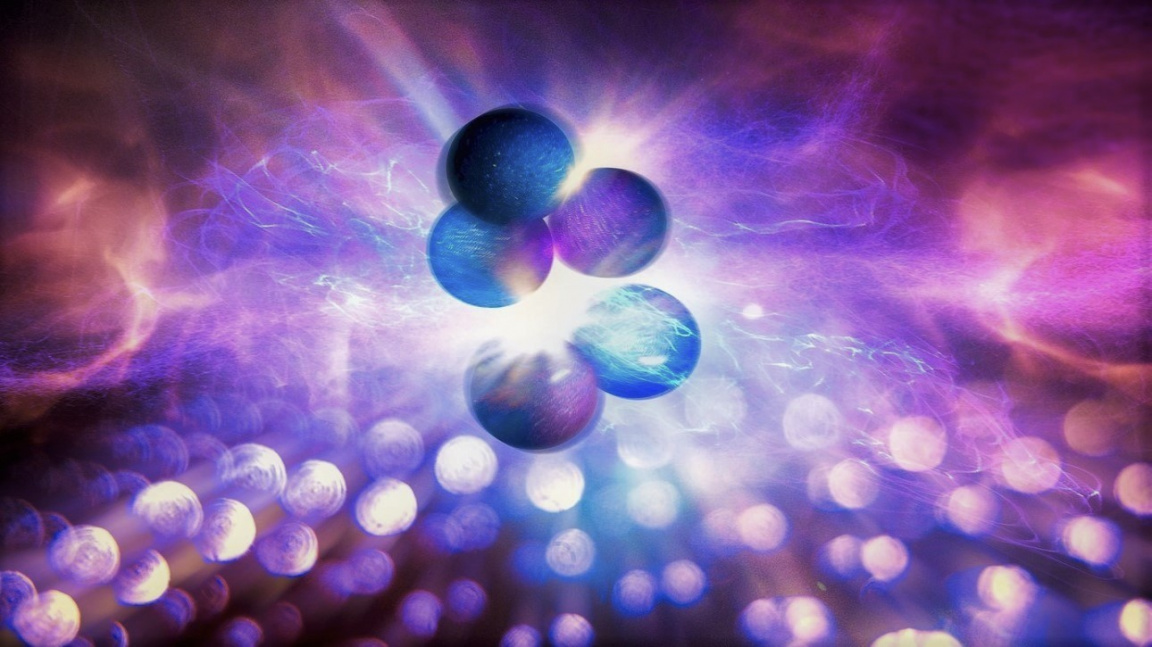Scientists have approached the Holy Grail of Energy, making a breakthrough in nuclear fusion
Nuclear scientists used lasers to produce huge amounts of energy from fusion. It gives hope for the development of a new source of clean energy.
Nuclear fusion in the stars supplies the universe with energy. If we could imitate her, it would literally be the Holy Grail. We would get a unique energy source – ecological and without radioactive waste.
However, it has not yet been possible to design a reactor that can produce more energy than it consumes for fusion.
However, the distance that separates us from such a goal has diminished as physicists approached the ignition of thermonuclear fusion to 70 percent in a National Ignition Facility (NIF) project led by Lawrence Livermore National Laboratory (LLNL).
Thermonuclear fusion is the process by which nuclei of atoms come together at high temperatures and pressures. During the reaction, a large amount of energy is released, which is proportional to the weight loss.
–
This is significant progress. The ratio of energy gained to energy input exceeded the experiment eight times the most successful experiment so far this spring, which also took place at the NIF facility in Livermore, California.
Experts there work with lasers, which heat and keep hot plasma. They had previously fused hydrogen nuclei, but the reaction always consumed several times more energy than could be extracted.
In the August 8 experiment, which is described at LLNL website, nuclear scientists have aimed two hundred laser beams in a single location to create a megablast of energy in a split second. They got 1.35 megajoules from it. The lasers they used to compress and heat the hydrogen atoms added 1.9 megajoules to the reaction.
NIF researchers believe that this time they have created a process with “burning plasma”, in which the fusion reaction maintains the self-generated heat. But this must still be confirmed by data analysis.
In any case, physicists have managed to gain more energy than in any other experiment. They opened the way to reactions that should one day create more energy than it needs to start them. However, in order to achieve a return, it will be necessary not only to initiate the fusion reaction, but also to maintain it in the long term.
“The result is, in any case, a historic step forward for fusion research. It demonstrates the enormous commitment of researchers over the decades, “said Kim Budil, the director of the institution, on the LLNL website.
– .


